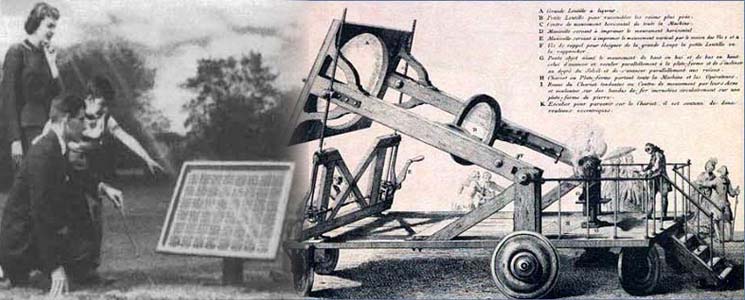History of Solar Cells and Solar Energy!
ABSTRACT
This research paper is about the history of solar cells and includes how solar energy was used in 400 BC until the 1970s.The Greeks and Romans used solar energy to heat buildings and water. Greeks made use of the solar energy for growing vegetables in greenhouses. Many other early civilizations such as the Chinese, Anasazi and Pueblo used solar energy for heating like the Greeks and Romans. The research paper then discusses more modern advances in solar technology. In 1839 the French physicist Antoine-Cesar Becquerel observed that shining light on an electrode submerged in a conductive solution would create an electric current. 1839 a French physicist named Edmond Becquerel found when a small amount of electricity is produced when a certain material exposed to light. In 1941 an American, Russell Ohl, invented a silicon solar cell.
The Greeks and Romans worked together to create solar energy over 2000 years ago. The Greeks were the first people to use solar energy to warm and buildings. They found that by constructing their homes and buildings in a certain way they could make use of the sun during winter. While it may have been difficult for these ancient people to understand solar energy, entire cities was built this way in 400 BC.
The Greeks wrote the first account of solar energy in the fourth century BC when low fuel supplies from the Middle East occurred. They discovered the best way to get the sunlight was to face the main rooms south while the north side of the buildings would be shielded from the cold winds. They added eaves to the roof providing the shade for the southern windows in summer. In 212 BC Archimedes allegedly used solar energy to "reduce the Roman navy (which was attacking Syracuse) to ashes" by having soldiers, reflect sunlight off their shields toward Roman sails.
The Romans used sun one word for central heating and to heat water in their large central baths quickly, as the burning of wood was consuming forests around Rome. The Greeks discovered and introduced glass in the first century AD. Dark
colored pottery was used to store goods and therefore increase thermal energy. The Romans and Greeks built houses to run by solar energy and even built a glasshouse to grow cucumbers for Tiberius Caesar. The Romans depended on sunlight more than the Greeks as solar energy was used to allow the Romans to enjoy their fruits and vegetables they brought back from the Middle East or Africa. The Romans were able to grow a variety of fruit and vegetables by controlling the climate by either covering the glass houses or leaving them open to the sun.
Other early civilizations such as the Chinese, Anasazi and Pueblo used solar energy for heating, water evaporation, and many other functions.
THE DEVELOPMENT
In 1839 a French physicist Antoine-Cesar Becquerel observed that shining light on an electrode submerged in a conductive solution would create an electric current.
Also in 1839 a French physicist named Edmond Becquerel found that a certain material would produce a small amount of an electric current when it was exposed to a light. This was described as the photovoltaic (PV) effect. It was an interesting part of science for the next three quarters of a century. Afterwards, selenium PV cells were converting light to electricity at 1% to 2% efficiency. As a result, selenium was quickly adopted in the emerging field of photography for use in light-measuring devices.
In 1941, the American Russell Ohl invented a silicon solar cell. It is similar to a glass window, which allows the sunlight to come in a room, and traps the solar heat much like when a car is park in the sunlight. There were steps toward using PV in the 1940s and early 1950s. Highly pure crystalline silicon was produced using the called the Czochralski process. In 1954, scientists at Bell Laboratories depended on the Czochralski process to develop the first crystalline silicon photovoltaic cell, which had an efficiency of 4%.
In the second half of the 20th century, the science behind solar energy has been refined and the process has been more fully explained. As a result, the cost of PV devices has put them into the mainstream of modern energy producers. This was caused in part by advances in the technology, where PV conversion efficiencies have improved considerably.
Improved solar cells became a good source of electricity for satellites. On earth solar cells are mainly used when cheaper alternatives are unavailable. For example, it can be cheaper to use PV cells in remote locations where building long power lines is cost prohibitive. It is likely to be many years before solar energy will fully replace fossil fuels.
CONCLUSION
To conclude this paper, a timeline of the history of solar cells have been produced.
1700 Antoine LaVoisier built a solar heater that could melt platinum.
1769 Horace de Saussure invented first flat plate collector in Switzerland.
1839 a French physicist Antoine-Cesar Becquerel experimental that shining light on an electrode submerged in a conductive solution would create an electric current.
1883American Charles Fritts described the first solar cells, which was made from selenium wafers.
1900 The photovoltaic effect was discovered.
1916 Millikan provided experimental proof of the photoelectric effect.
1920?s Selenium photovoltaic cells were first introduced.
1941 American Russell Ohl invented a silicon solar cell.
1950 The photovoltaic cells were developed at Bell Labs for space applications.
1973 OPEC Energy Crisis causes US to re-examine use of renewable energy sources; federal and state tax credits result in rapid growth for a new solar industry.
Scientists are still experimenting with solar cells to find the perfect solution. The Greeks and Roman started using solar energy and one day hopefully most of the energy produced in the world will be from the sun.

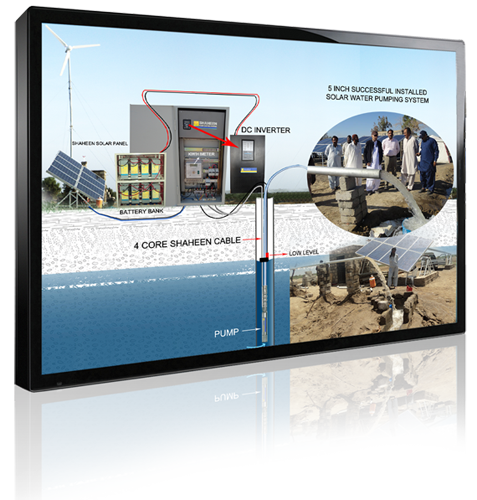


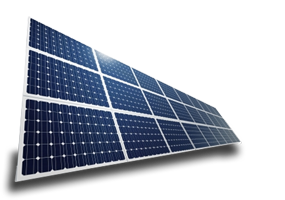
 state-of-the-art designSolar Water Pumping System
state-of-the-art designSolar Water Pumping System Wind Power Use itdon't let it blow away!
Wind Power Use itdon't let it blow away!


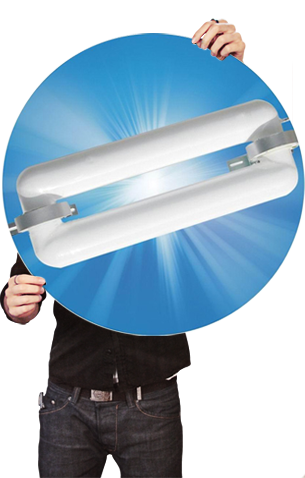

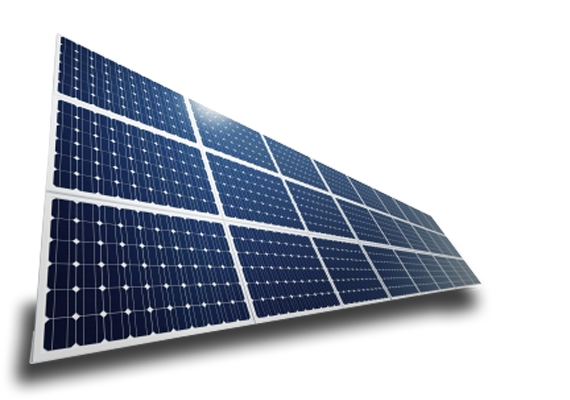


 Most Experienced inSolar, Wind and Hybrid Technology
Most Experienced inSolar, Wind and Hybrid Technology SOLARBattery BanksShaheen Enterprise
SOLARBattery BanksShaheen Enterprise Water PUMP SystemShaheen Enterprise'sFeature Project
Water PUMP SystemShaheen Enterprise'sFeature Project